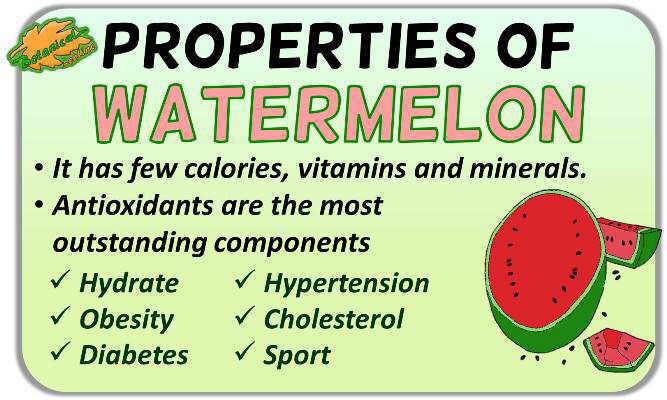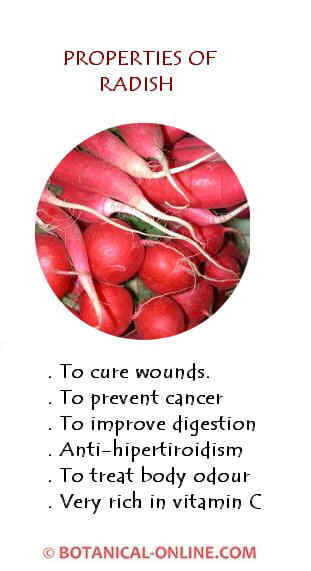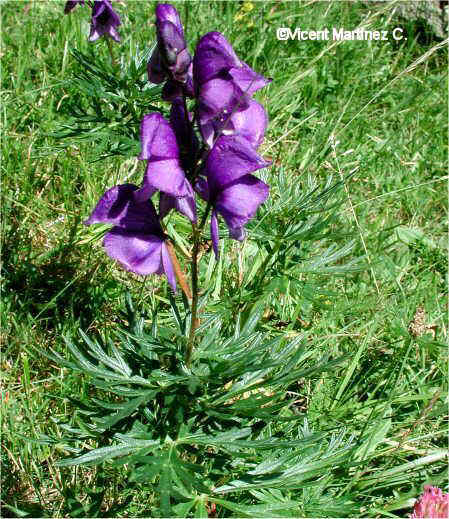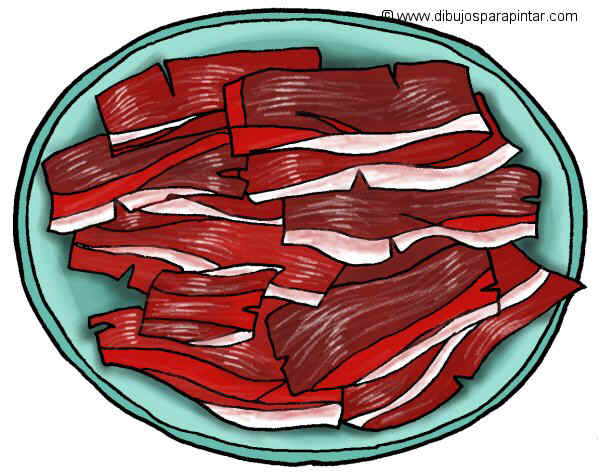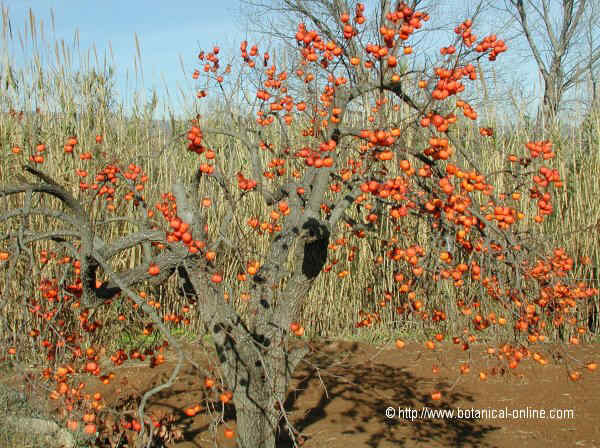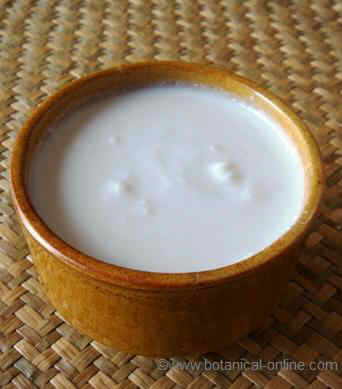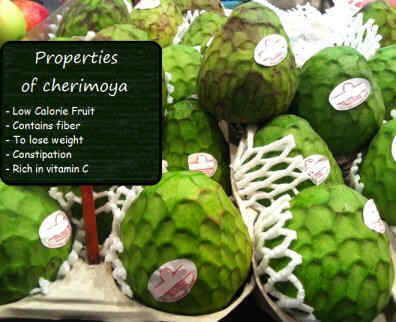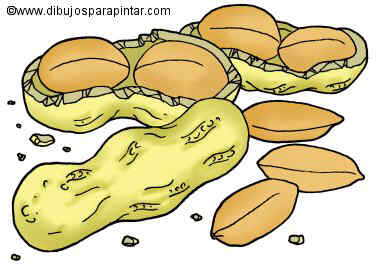Contents
What is a restharrow plant?
Restharrow a very curious plant in etymology
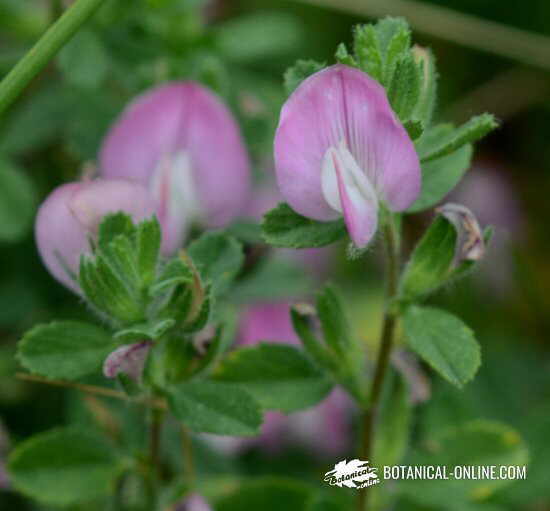
Photo of restharrow (Ononis spinosa)
Common name in English : Spiny restharrow, Bugrane, Petty whin, Cammock root,
Popular names in most languages refer to three concepts. On the one hand, the presence of their long and pointed spines, dangerous as the nails of a cat, able to draw the eye to anyone who approaches them to the face.
The second concept refers to the fact that many animals approach the same to scratch the skin, that’s why its name as ” peine de asno” (=ass comb).
The third type of names comes from the depth of its roots that makes it difficult to plow the ground when this grass is very abundant as well as its ability to get tangled around the plow or between the feet of the farmers, hence its Spanish names: ” quiebra arados” (=breaking plows) or “detiene bueyes” (=stopping oxen)
In English, spiny restharrow is formed by “Spiny” (because of the long spines of this plant ) and “restharrow” (from “rest” and “harrow =plough”). “Bugrane” comes from French, which comes from vulgar latin “boveretina”, composed of “bovis” (= ox) and “retinere” (=stop).
Naturally, at present, it does not present any problem for the power of a tractor, but it did not look like that in the past, so in many places it is known as: breaking plows,, parabuey, remora, in Portuguese “resta-boi” or in Basque” arrotuona “(= good to lift the plow) etc.
Scientific name: Ononis spinosa L.
According to Spanish doctor and botanist Andrés Laguna (1499 – 1559), the scientific name of the genus “Ononis” comes from the Greek “onos” meaning “donkey”, because these animals feel a special appreciation towards this plant, which they use to scratch, to eat and to serve as toothpicks.
“Spinosa” comes from the Latin “spinosus= having spines” and refers to the thorns of its stems.
Synonyms: Bonaga antiquorum (L.) Medik.; Bonaga hircina (Jacq.) Medik.; Ononis antiquorum L.; Ononis arvensis subsp. maritima (Godr.) Nyman; Ononis brachystachya Vis.; Ononis campestris W.D.J.Koch & Ziz; Ononis decipiens Azn.; Ononis hircina Jacq.; Ononis inermis Huds.; Ononis legitima Delarbre; Ononis leucosepala Pau; Ononis maritima Dumort.; Ononis miniana Planellas; Ononis mitis Mill.; Ononis occidentalis Lange ex Willk. in Willk. & Lange; Ononis procurrens Wallr.; Ononis pungens Pomel; Ononis repens L.; Ononis vulgaris Rouy in Rouy & Foucaud
Family: Papilionaceae (= Fabaceae )
Habitat: Natural of Europe, West Asia and North Africa. It lives in grasslands, uncultivated lands, nitrified rudimentary soils (brownfield sites, crops, steep banks, etc.) and firm soils, generally of calcareous nature.
It blooms from June to September. It can be found practically throughout Europe, although it is rare in Scotland and absent in Ireland. It grows from sea level to 1800 meters in altitude.
Description of spiny restharrow
Crawling or ascending shrub of the Pea family (Papilionaceae or Fabaceae) between 30- 40 cm high. Stems abundant and branched to the base, hairy on opposite faces with prominent spines.
Leaves trifoliate, short petiole, oval and basically toothed leaflets. Leaves with simple floral petiole.
Dark pink flowers, in pairs or isolated, with wings shorter than the keel. The flowers and the top of the plant stick slightly to the fingers when touching them, because they contains essential oils.
Fruits in legume longer than the calyx, in the form of ovoid pod, pendulum and very hairy.
Active components of Ononis spinosa
- Acids: Ferulic acid, gentisic acid, citric acid, gallic acid, homoprotocatechic acid, pcoumaric acid, salicylic acid, synapic acid (root)
- Essential oils: anethole, menthol, transanethole, carvone (root)
- Phytosterols (whole plant) Campesterol, spinasterol, stigmasterol, sitosterol (root)
- Stanols: Cycloartenol (root)
- Flavonoids: apigenin (shoots), genistein, formononetine, quercetin, vitrexin (root) kaempferol, luteolin, myricetin,
- Tannins (Plant)
- Tripertenes: Alphaonocerine (root) onocerine (plant)
- Glucosides: sucrose, onone, ononine, luteolin 7Oglucoside (root)
What part of restharrow is used?
The part that has healing properties is the root. The roots of this plant should be harvested in autumn. Subsequently chopped and allowed to dry in the sun. Once dry, they have to be stored in plastic bags in a dry place.
Dosage of restharrow
- Dry plant: 10 to 12 gr / of dry plant per day in the form of infusions
- Fluid extract: 1 to 4 grams per dose in several daily doses
- Mother tincture: 40 drops in three daily doses
TRADITIONAL USES OF RESTHARROW
- Healing properties: Traditionally it has been a very used plant, on which old doctors and botanists have attributed medicinal properties. Dioscorides (4090 BC) refers to it, saying “The root bark causes urine, crumbles the stone and removes scabs” It also states that the decoction of the root serves to cure hemorrhoids and toothache.The English physicist, astrologer and pharmacist Nicholas Culpeper (16161654) in his book Complete Herbal says verbatim of it: “It is singularly good to provoke urine, when it has stopped, and to break and drive forth the stone, which the power of the bark of the root, taken in wine performs effectually “. He then continues: “The decoction thereof made with some vinegar, gargled in the mouth, eases the toothache, especially when it comes of rheum “… “the power of the roots strewed upon the brims of ulcers…causes them to heal the better.”
- Magical Properties: In many parts of Europe restharrow has been given magical powers to prevent the magic spells from being fulfilled. In previous times a dry plant was placed on the lintel of a door so that the family that inhabited it was free of dangers, accidents, spells, quarrels and, above all, to protect them from thieves.
![]() More information on other plants
More information on other plants

